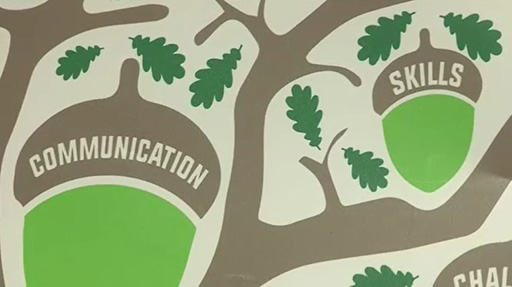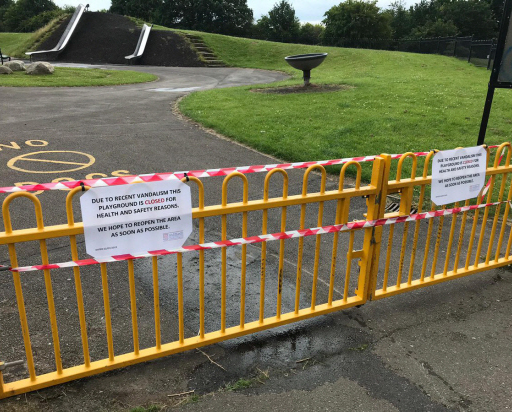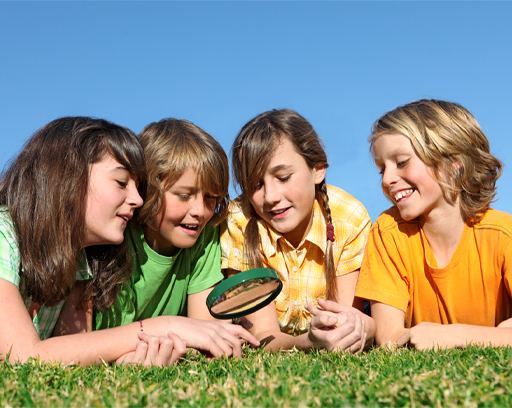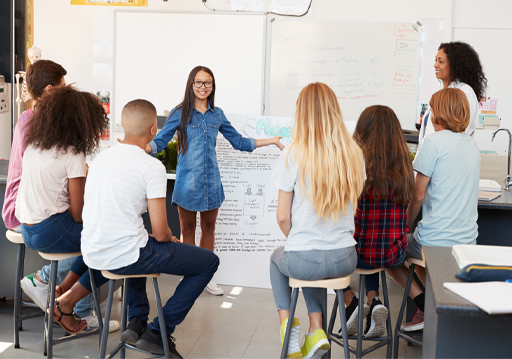4 What is child-led research?
Research led by children and young people is the process of enquiry into an issue of relevance to their lives. Doing social research means finding out about people and society in order to solve problems, or to design services or products that cater for various needs of people.
Activity 6
There are many reasons that children and young people might decide to have a go at doing their own social research; here are three:
1: Wanting to change something.
Discussion
It could be, for example, that children want more say about local policy and decide to do some research which involves asking their peers for their opinions in order to create a strong argument that they can then take to policy-makers. Remember that the UNCRC, which you studied in Session 1, acknowledges the right for children and young people to be heard and to participate in society. Adults have an adult perspective; children and young people are experts on their own lives, so it is important that they are supported to make their own opinions and viewpoints heard.
Discussion
Few people would deny that curiosity and inquisitiveness are good characteristics to encourage in children and young people of all ages. Asking questions and finding out new things are important for learning and for understanding the world. Finding out what other children in your school think about maths lessons, or what other young people understand about money, for example, can be fascinating.
Discussion
Most children and young people have experience of project work at school (i.e. they find out about things that are already known) but few of them will have had an opportunity to find out what it is like to be a social researcher. Doing social research means finding out about people and society in order to solve problems, or to design services or products that cater for various needs of people. The experience of doing social research and being a social researcher can be enlightening and can help children and young people to understand what research is and what researchers do. The insights they gain might help them make career decisions, or they might be able to apply what they learn to their school lessons, for example.
In the next video you are going to see how some children at a special school carried out their own research. As you watch the video make notes on the following: What were the reasons for their research? Did they want to change something, or find out more about something? Then, once you have watched the video, try the activity that follows.

Transcript
[MUSIC PLAYING]
Drag the words and phrases into the appropriate box:
Two lists follow, match one item from the first with one item from the second. Each item can only be matched once. There are 3 items in each list.
-
The seating, the meals, the sports facilities.
-
The possibility of inter-school sports competitions.
-
Communication skills and confidence
Match each of the previous list items with an item from the following list:
a.What they gained from doing their research.
b.What they wanted to find out about.
c.What they wanted to change.
- 1 = c,
- 2 = b,
- 3 = a
Discussion
As you watched the video, you will have noticed that the adults interviewed commented that the issues raised by the pupils were not issues they had considered themselves. Yet the benefits of the research are clear: by improving the school meals the young people are likely to eat better; by changing the chairs to more comfortable ones their concentration is likely to improve; by developing better social skills they are likely to communicate with each other and with the teachers better. Each of these aspects has the potential to enrich these young people’s school experience, but as was remarked in the video, the focus came from them. The issues were not identified by teachers, simply because the teachers do not have the same perspective. This highlights the importance of children and young peoples’ participation, as experts in their own lives, in research that affects their lives.
The next example is a powerpoint presentation by Shannon Davidson who is 10 years old. You will see how she went about conducting her research, and her findings are presented in some detail.
Look through her presentation and consider her motivations for doing her research. Did she want to change something? Did she want to find out more? Did she want to solve a problem?
Open the link below in a new tab or browser so you can refer to the document while considering the questions below.
What children think about having a thyroid disorder: a small scale study. By Shannon Davidson [Tip: hold Ctrl and click a link to open it in a new tab. (Hide tip)]
What was Shannon’s motivation for carrying out her research?
What did she find out?
What insights have you gained from reading Shannon’s research project?
Now think about children or young people you know who would benefit from carrying out a project similar to Shannon’s. How would you answer the next two questions? (You will be looking at these aspects of planning and preparing in more detail in Session 3).
What support could you offer them?
Who could you approach for help and guidance?



